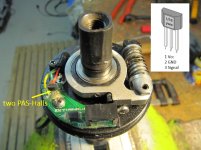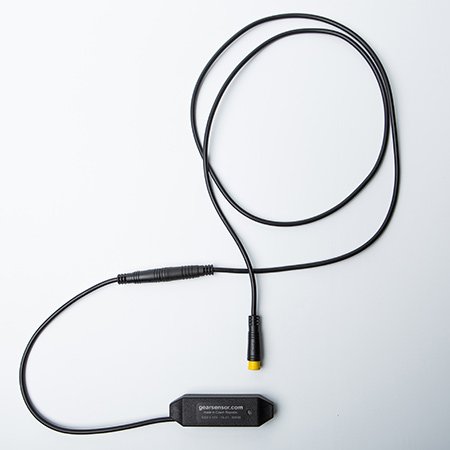If I can add my 2 cents about Regen, bicycle can have their direct drive motor on front, motorcycle only on the rear, and motorcycle use Twist Throttle that you modulate perpetually. So about stability & Regen point of view, we cannot compare the two.
On top scooter or motorcycle are heavy and stable: you can lock the front brake and not fall, bicycle less likely.
This to say Regen should have variable force and be on demand, with an intuitive variable command.
This kind of command is obvious on Car and Motorcycle (where you espect anyway a natural 'slowdown' effect with their gas engine), less on Bicycle.
I sometime use the rear brake to stabilize my bicycle (going really downhill for example, or now on the ice) and would not wand an aggressive Regen, or any Regen, at that moment,
but going too fast before a stop yes please.
Last, it would be a pain if it slow you down every second you stop pedalling !
This is why pedalling backward seems so great and safe, it gives the control of when and how hard to Regen, with an intuitive command. If you have a direct drive motor, this feature is giving a very unique reason to try your Firmware
On top scooter or motorcycle are heavy and stable: you can lock the front brake and not fall, bicycle less likely.
This to say Regen should have variable force and be on demand, with an intuitive variable command.
This kind of command is obvious on Car and Motorcycle (where you espect anyway a natural 'slowdown' effect with their gas engine), less on Bicycle.
I sometime use the rear brake to stabilize my bicycle (going really downhill for example, or now on the ice) and would not wand an aggressive Regen, or any Regen, at that moment,
but going too fast before a stop yes please.
Last, it would be a pain if it slow you down every second you stop pedalling !
This is why pedalling backward seems so great and safe, it gives the control of when and how hard to Regen, with an intuitive command. If you have a direct drive motor, this feature is giving a very unique reason to try your Firmware



